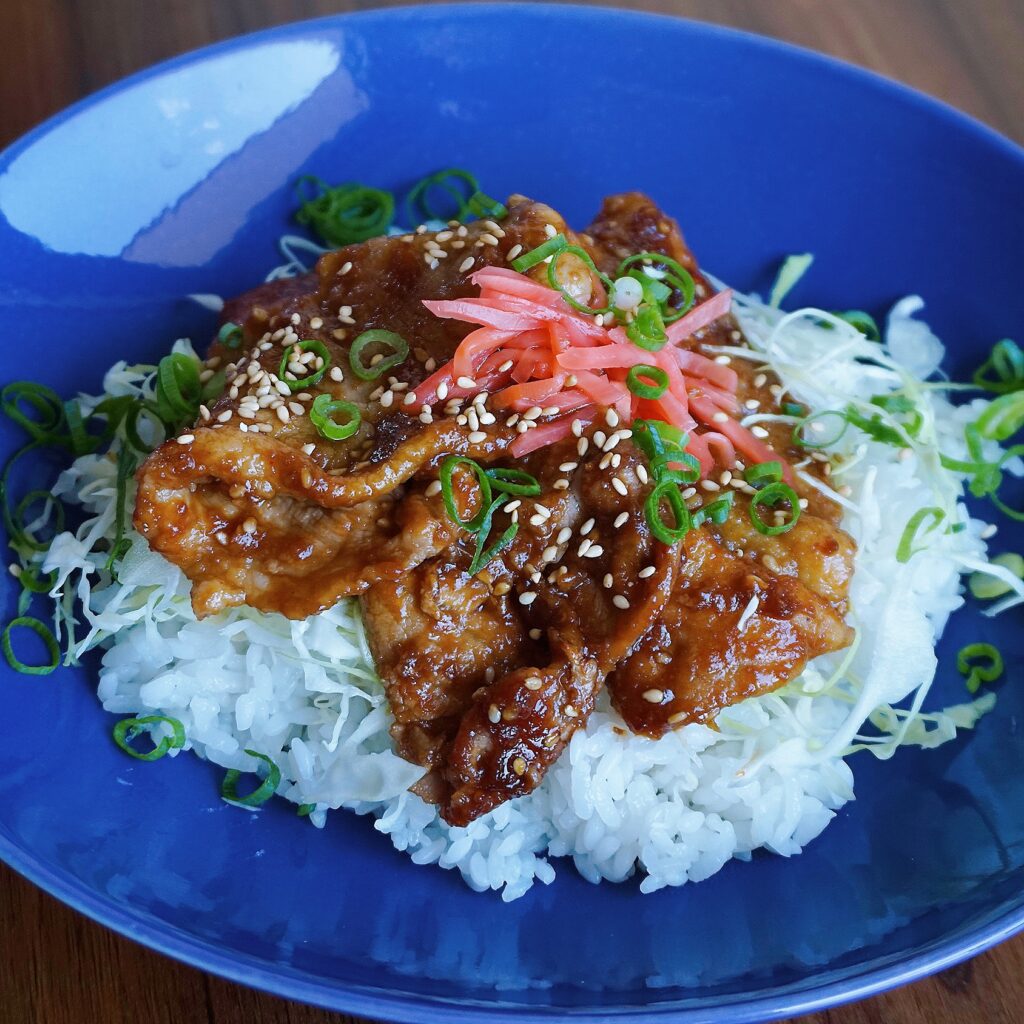
Yakiniku no tare(焼肉のたれ)
What kind of food is Yakiniku no tare?
Yakiniku no tare = Japanese BBQ Sauce
“Yakiniku no tare” is a soy sauce based seasoning that combines spices such as garlic and chili peppers, sweeteners such as fruits and sugar, and aromatic vegetables such as celery.
“Tare” is a Japanese word that means “sauce”.
Originally, when making yakiniku at home, it was common to dip grilled meat in tare, but nowadays meat is sometimes soaked in the tare before grilling.
The flavor of the yakiniku sauce has evolved to include those based on garlic and salt instead of soy sauce, and refreshing ones using grated daikon radish and citrus fruits.
There are many recipe ideas for using yakiniku sauce in various dishes such as fried rice and yakisoba, so find your favorite sauce.
About Yakiniku (Japanese BBQ)
Yakiniku is the most popular type of dining out in Japan. It ranges from affordable all-you-can-eat restaurants that are easy for young people to live at, to ultra-luxury establishments.
When enjoying yakiniku at home, it is common to use a hot plate (electric griddle).
The photo in this article shows pork loin stir-fried in a frying pan and coated with yakiniku sauce.
While yakiniku is usually made with beef, chicken, pork, sausages, and vegetables like onions and bell peppers are also popular ingredients.
For information on beef cuts, please refer to the following:
- Sirloin: This is the back of the chicken. It has a moderate amount of fat in the lean meat, giving it a tender and juicy texture.
- Loin: This cut is from the shoulder to the rump and is a tender, lean cut with a sweet fat.
- Karubi: This is meat from around the rib cage. It’s fatty and tender, making it a popular cut for yakiniku.
- Zabuton (Premium Karubi)
This is the rib-side portion of the shoulder loin, a high-quality cut with a firm, rich fat content. - Tongue
This is the tongue. This tender, fatty cut is best enjoyed with salt or lemon. - Harami
This is the meat from the ventral side of the diaphragm, characterized by its high fat content and tenderness. - Sagari
This rare cut is located on the lumbar side of the diaphragm, and is low in fat and calories. - Ichibo
This is the beef buttocks. It is characterized by its moderately marbled fat and tenderness. - Rump
This is the beef from the buttocks to the thigh, and features lean meat with a moderate amount of fat. - Hatsu
This is the beef heart. It has delicate fibers and a crunchy texture. - Liver
This is the beef liver, known for its high nutritional value and unique flavor. - Mino
This is the first of the four stomach parts of a cow. It is characterized by its thick, chewy texture. - Hachinosu
This is the second of the four stomach parts of a cow. It is chewy and has a refreshing taste. - Senmai
This is the third of the four stomach parts of a cow. It has a crunchy texture and is low in fat. - Marucho
This is the small intestine of a cow. It is fatty, sweet, and has a chewy texture. - Shimacho (Tetchan)
This is the large intestine of a cow. It is characterized by its moderate fat content and chewy texture.
NUTRITON FACTS : Yakiniku no Tare (Homemade BBQ Sauce)
- 362 Calories Protein 8.9 g Total Fat 8.3 g Total carbohydrates 58.3 g Sodium 14.1g
INGREDIENTS : Yakiniku no Tare (Homemade BBQ Sauce : 12 Servings)
- Apples (30g)
- Canned pineapple (30g)
- Garlic (10g)
- Ginger (10g)
- Soy sauce (80g)
- Sugar (30g)
- Sake (30g)
- Gochujang (10g)
- Chinese doubanjiang (10g)
- Roasted white sesame (5g)
- Sesame oil (5g)
How to make Yakiniku no Tare (Homemade BBQ Sauce)
- Wash the apples and remove the skin and seeds.
- Put the apples, canned pineapple, garlic, ginger, soy sauce, sugar, sake, gochujang, and chili bean paste in a food processor.
- Transfer into a saucepan.
- Once the sauce boils, immediately turn off the heat.
- Add the sesame seeds and sesame oil.
- Once cooled, store in a clean container.
*If you are using it immediately for stir-frying without storing it, just mix the ingredients well before using without boiling.
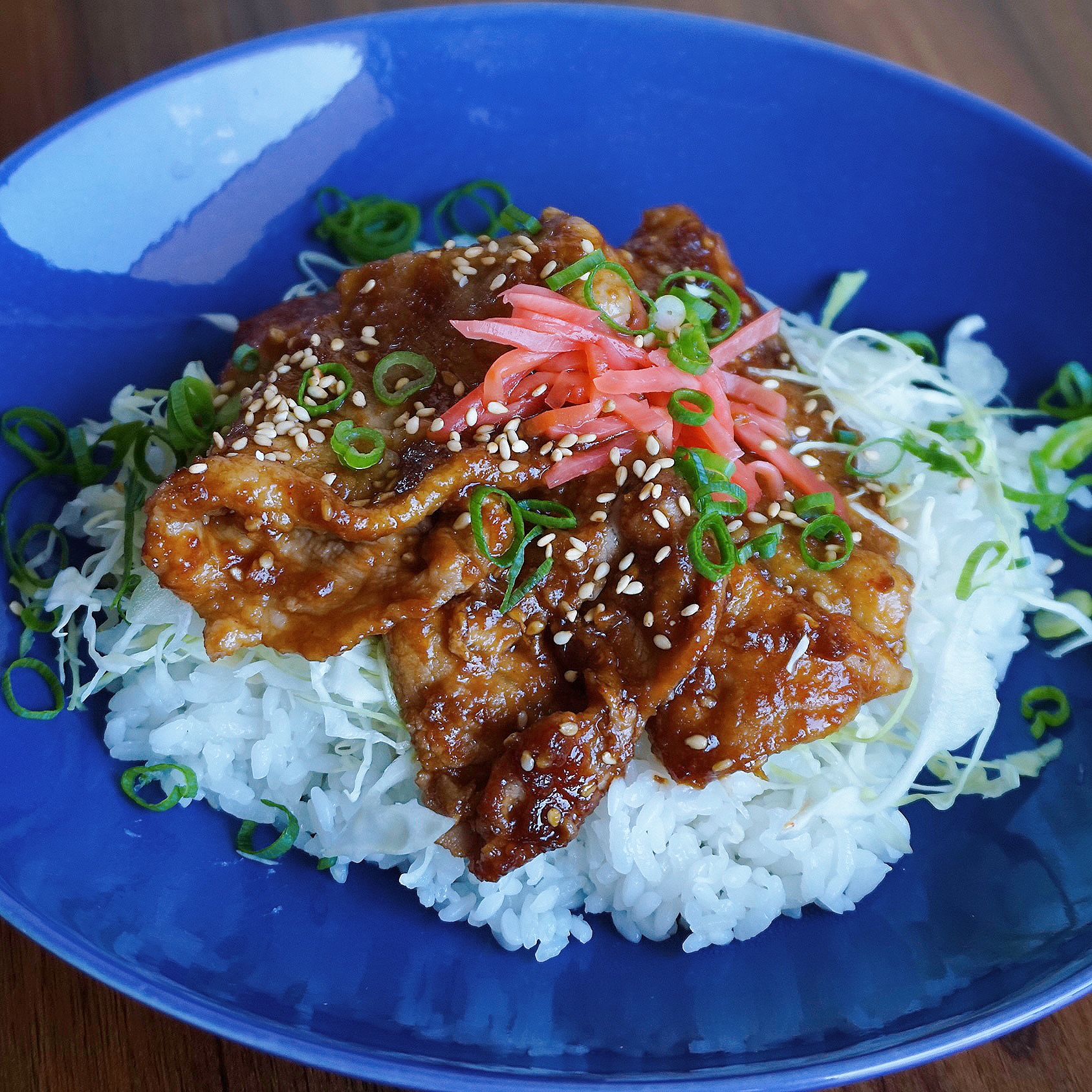
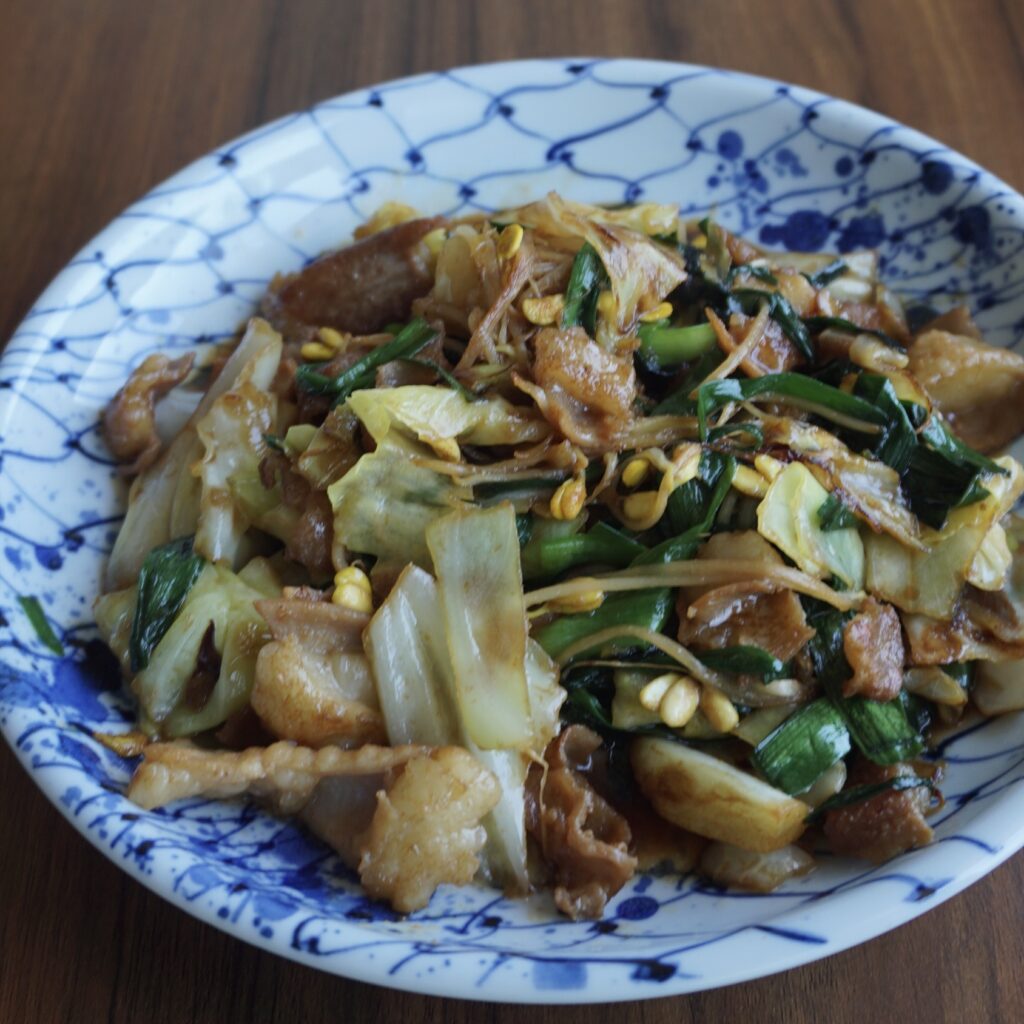
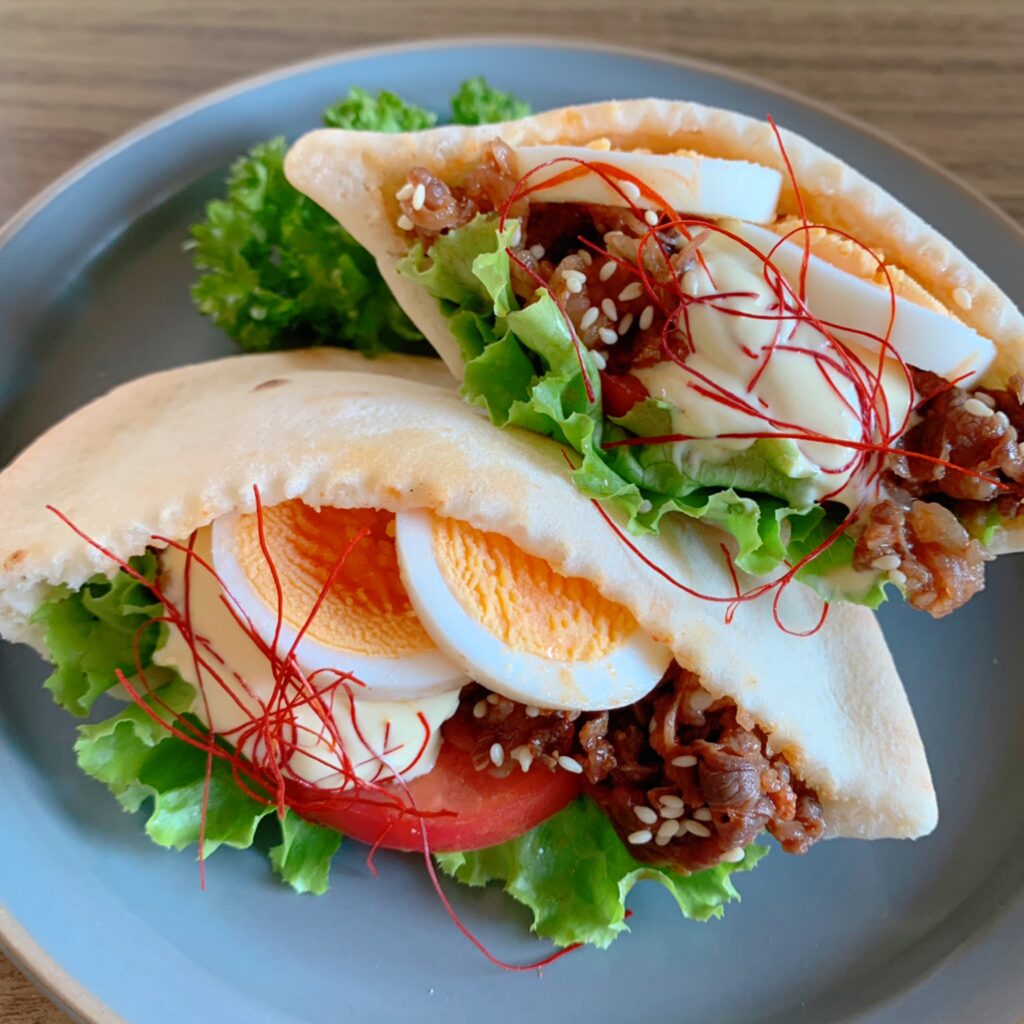
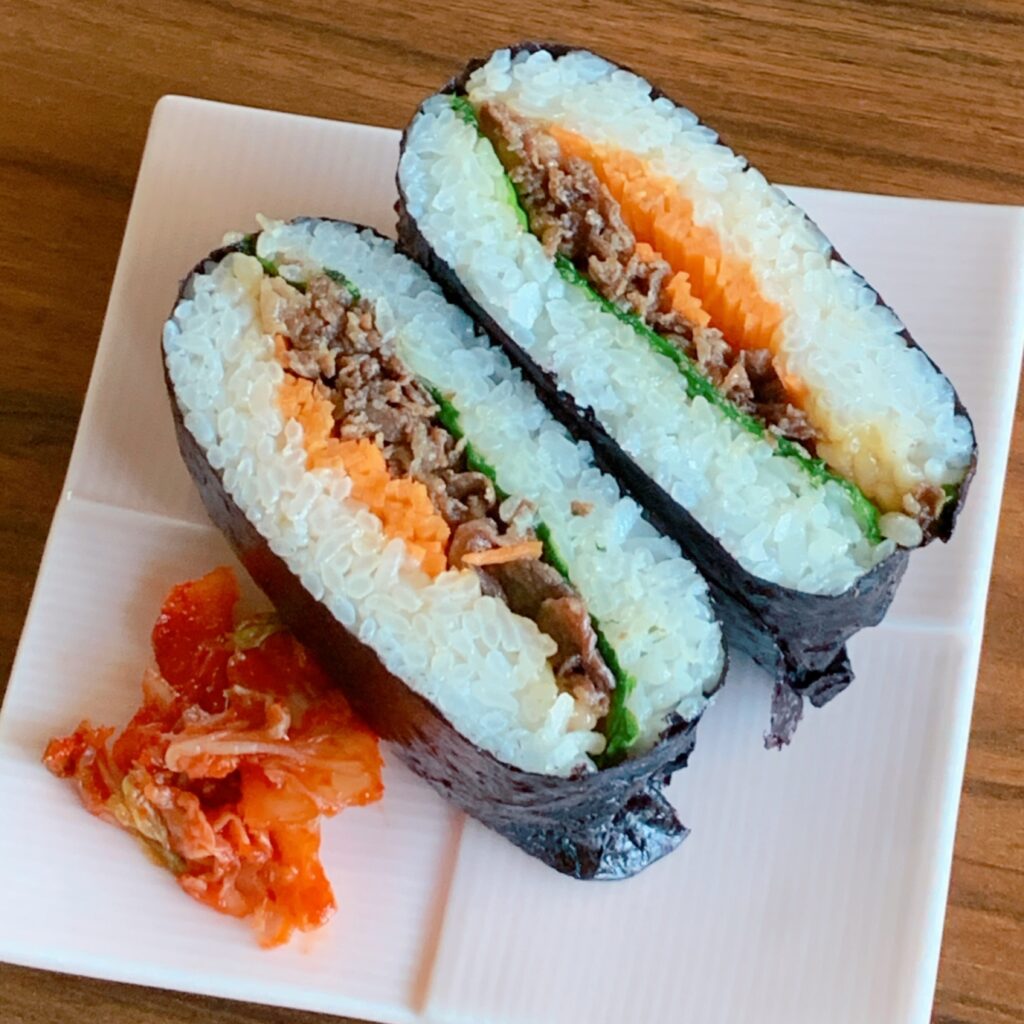


コメント